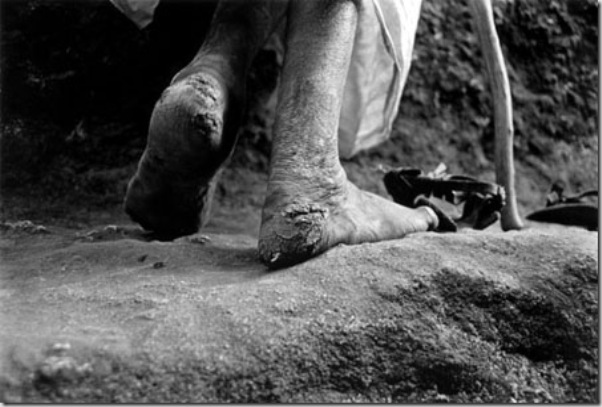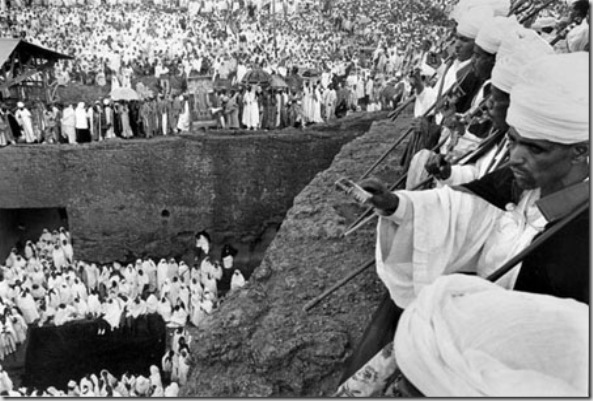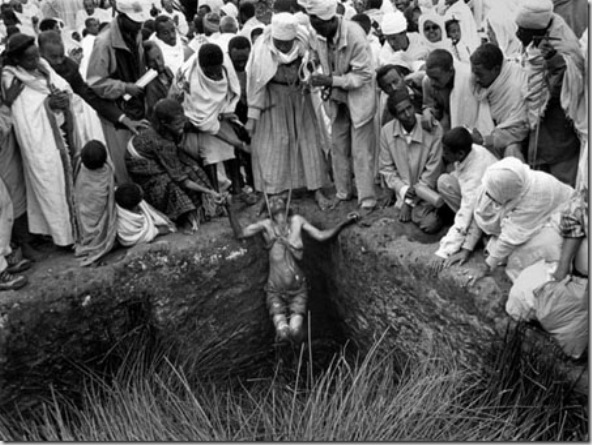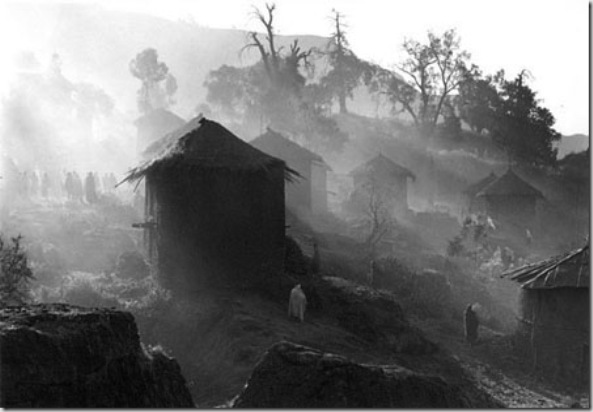In the mountains of Ethiopia is one of the world´s greatest mysteries:
These churches are in Lalibela , the town hailed by pilgrims as “ the black Jerusalem”. Every Christmas thousands of pilgrims walk during days to pray day and night, it’s a trip to the past time.
Modern archeologists remain unable to explain how this complex of rock hewn churches were built.
All images © Fernando Moleres































Nessun commento:
Posta un commento